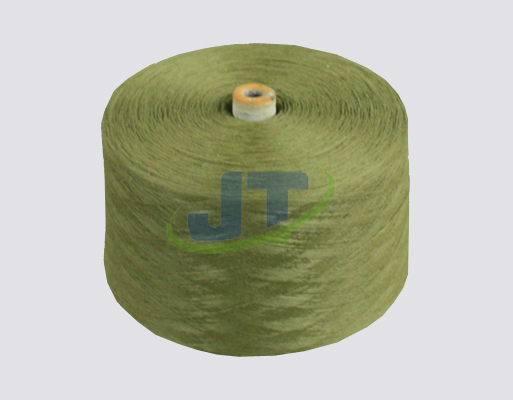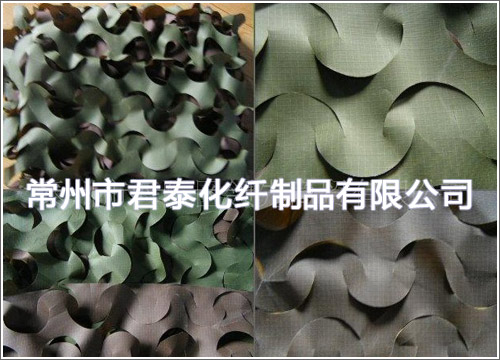

- Tel:0086-519-83783531
- cel:0086-13961177625
- E-mail:jianglijing1022@126.com
- add:cheng zhang Jia zeTown Wujin District, Changzhou City, Jiangsu Province
After the United States announced its action against the Xinjiang Production and Construction Corps at the end of July, there were reports in early September that the United States might plan to ban the import of cotton-containing textiles from Xinjiang. In 2020/21, Xinjiang is expected to account for 90% of China's cotton production. What does the ban on China's largest cotton-producing region (Xinjiang) by the world's largest clothing importer (the United States) mean to the global market?
Since the release of the report on the ban, Zheng Cotton Futures has fallen. From September 7 to September 11, CF2101 fell from 12,900 yuan/ton to 12,600 yuan, a drop of 2.3%. At the same time, other financial markets also experienced relatively sharp declines. Oil prices, technology stocks, and several major stock indexes all fell during the same period. In contrast, ICE futures did not seem to respond, and it seemed difficult for the market to clearly define the impact of the ban on cotton prices.
According to the analysis of foreign media, the potential impact of the Xinjiang cotton ban on cotton supply and demand is still unclear because there are no specific details, which may lead to a further reshuffle of the supply chain. However, China's cotton imports may offset this part of the impact. China recently announced the issuance of a sliding tax quota for 400,000 tons of processing trade. As long as textile exports can prove that they do not contain Xinjiang cotton, it is possible to avoid being restricted by the Xinjiang cotton ban.
Since September 2019, the United States has continued to impose tariffs on clothing made in China. From September 2019 to July 2020, China’s share of U.S. cotton apparel imports fell from 28% to 22%. During the same period, ASEAN countries surpassed China in the number of garments, increasing their market share from 24% to 29%. However, countries outside of China may use Chinese yarn or fabrics, so the US ban on Xinjiang cotton may require tracking of Chinese raw materials.
It is not easy for the U.S. Customs to trace the origin of cotton. 70% of China’s cotton spinning and yarn production requires Xinjiang cotton. If the U.S. enforces this ban, in theory, U.S. Customs will reject most of the textiles and clothing from China. What's more, cotton products and clothing from other countries also contain Xinjiang cotton, which is very difficult to operate. Just like the current situation of organic cotton or BCI cotton, the lack of an effective blockchain system and potential fraud makes it impossible to seriously expand policies based on the source of the product. In addition, cotton fibers from different sources are mixed in many spinning machines before yarn production, which makes it difficult to determine the source of the fibers.
In summary, at this stage, the ban still faces many problems, including whether the ban will be actually implemented, but the increase in procurement costs related to traceability, the increase in costs related to supply transfer, and other uncertainties may affect orders Quantity and have a certain impact on cotton consumption.
- Let's take a look at the diversi
- China is directly facing the imp
- What are the core advantages of
- In November, the decline in Chin
- What is the value of Polypropyle
- The 2025 Textile Industry Discip
- The core performance advantages
- Black Friday is becoming a perfo
- Why has polypropylene high-stren
- The global trade landscape is un




